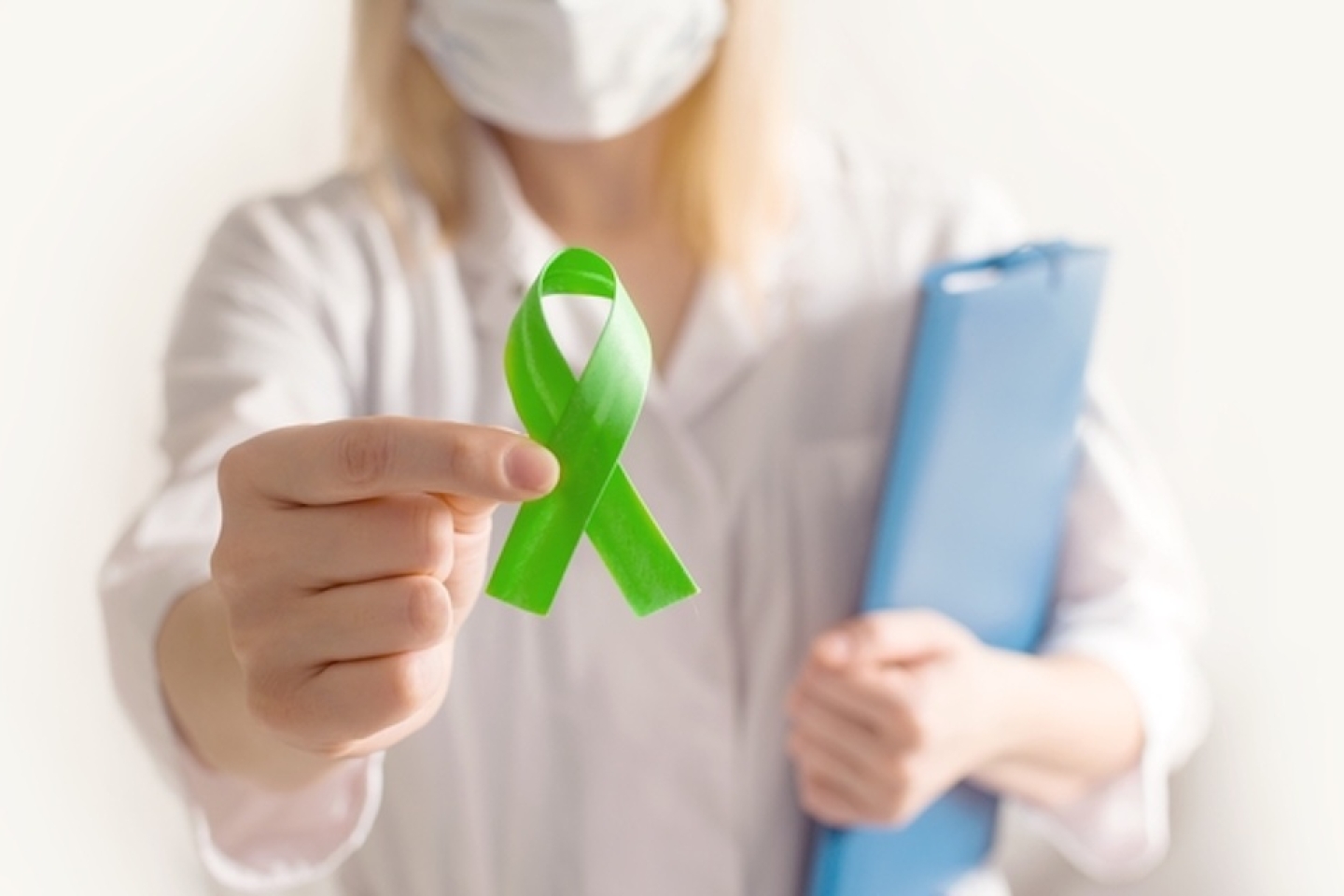
Lymphoma is a type of blood cancer. As such, it affects our immune system. Normally, our immune system fights “invaders” such as infections and even early-stage cancerous cells. It keeps watch and leaps into action when necessary with different types of white blood cells, constantly sending signals telling them to grow or stop growing, depending on the nature of the threat.
Sometimes, however, these signals get broken, and the immune cells don’t receive the “stop” signal. That’s how you get lymphoma, says Dr. Samuel Yamshon, an Assistant Professor of Medicine at Weill Cornell Medicine and Assistant Attending Physician at NewYork-Presbyterian Hospital.
“There are nearly a hundred types of lymphoma, each with its own distinguishing features,” he says.
The first important distinction is Hodgkin versus non-Hodgkin lymphoma (also called non-Hodgkin’s lymphoma).
Aggressive lymphomas typically come on rapidly, Dr. Yamshon says. This type of lymphoma is fatal if not treated quickly with chemotherapy—and it is curable if treated promptly.
“Indolent lymphomas, on the other hand, are generally slow-growing, and people may not even notice them, he says. “They are often found by accident when we’re performing other lab tests or scans looking for something else. Because they grow slowly, they can often be watched, and many patients won’t need treatment for long periods of time. And when they do need treatment, they won’t always need chemotherapy.”
Unlike aggressive lymphomas, indolent lymphomas are generally incurable but treatable, he adds. Most patients will require treatment for them over the course of their lifetime, as they would for any chronic disease.
All lymphomas are diseases of the immune system, explains Dr. Yamshon, “and the treatments often leave patients with some degree of immunocompromise. That being said, we have excellent treatments for most lymphomas. And even those lymphomas we can’t complete cure can become manageable.”
Disturbances to the immune system, such as autoimmune diseases or immunosuppressant medications, can leave people susceptible to developing lymphoma.
The most common symptoms of lymphoma are swollen glands, unexplained weight loss, night sweats and unexplained fatigue. The most common symptom of the disease, Dr. Yamshon says, is a swollen lymph gland.
“We almost always diagnose lymphoma with a biopsy of a swollen lymph node. Some diseases—especially autoimmune diseases—can exhibit symptoms similar to those that characterize lymphoma, such as night sweats, fatigue and even swollen lymph glands. That’s why confirming lymphoma with a biopsy is so important.”
The majority of patients with Hodgkin lymphoma are cured with chemotherapy. Even if a patient relapses, further chemotherapy and a stem cell transplant will achieve a cure in the vast majority of cases.
Most patients are cured via chemotherapy. Those who relapse are usually cured with further chemo plus a stem cell transplant. More recently, CAR T therapy—a highly promising immunotherapy—is helping patients achieve excellent outcomes.
Many patients can go for long periods without treatment, and those who need treatment don’t require chemotherapy at all. Immunotherapies like CAR T are beginning to play a role in treating patients with indolent lymphoma who don’t improve with the usual treatments.
Says Dr. Yamshon,“Our hope is that indolent lymphomas will become as manageable as high blood pressure or high cholesterol—in other words, a chronic condition that sometimes requires treatment, one people can live with while leading a normal and hopefully a long life.”
If you or a loved one has symptoms of lymphoma, make an appointment for a consultation at Weill Cornell Medicine’s Division of Hematology and Oncology Department here.